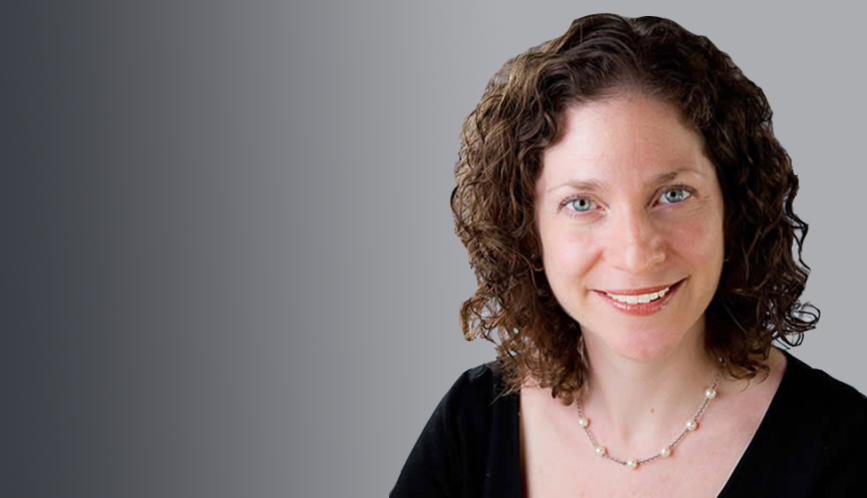Kimberly Noble is a member of the Early Childhood Interventions Network. She is Associate Professor of Neuroscience and Education at Teachers College, Columbia University, where she directs the Neurocognition, Early Experience and Development (NEED) lab. Her research focuses on how to better characterize socioeconomic disparities in children's cognitive and brain development.
Please describe your area of study and how it relates to current policy discussions surrounding inequality.
I study how social and economic inequality relates to children's cognitive and brain development. By early childhood, we see dramatic socioeconomic differences in children's cognitive skills. These differences are reflected in the very structure of the brain. Across childhood and adolescence, we see that children from higher-income families tend to have a larger brain surface -- the very area that does most of the cognitive "heavy lifting." These differences are the most pronounced in regions that support skills that are critical for school success, such as language, memory, and the ability to regulate one's thoughts and behaviors. Further, dollar for dollar, we see the greatest differences in brain structure at the low end of the income distribution. By providing evidence of the links between inequality and children's neurodevelopmental outcomes, we aim to inform policy discussions surrounding programs that are likely to benefit children from disadvantaged backgrounds.
What areas in the study of inequality are most in need of new research?
The study of inequality and the brain is still in its infancy, with the first studies published about a decade ago. What we need now is to bring the rigor of the social sciences to the field, by implementing rigorous experimental designs to provide causal evidence for the associations between inequality and brain development. In that regard, I am delighted to be part of a team of social scientists and neuroscientists from around the country who are planning the first-ever randomized trial of poverty reduction in early childhood. The aim of this ambitious study will be to understand the extent to which income supplementation in the first three years of life -- when the brain is most malleable to experience -- changes children's neurodevelopmental trajectories for the better.
What advice do you have for emerging scholars in your field?
First, find wonderful mentors in both neuroscience and the social sciences. It can be hard to bridge the two worlds, but it is doable and necessary to conduct meaningful work in this field. Second, be clear, thorough and deliberate in your word choice when speaking to the media. Journalists are indispensable for getting the message out into the public conversation. However, many of the nuances of the work can get lost in flashy headlines. For example, it can be hard for many people to grasp that the brain is not destiny -- on the contrary, we know that experience is critically important in shaping brain development. Similarly, there are tremendous individual differences in brain structure and function within socioeconomic groups -- many children from poor families have a large brain surface, and vice versa. Because of the extraordinary plasticity of the human brain in childhood, neuroscientists can provide powerful evidence of the success of interventions or preventive strategies. But it is important that the message that the public receives reflects what the science can and cannot tell us, and that we take care to avoid misinterpretation of the findings ahead of time.



